Fetch all the Duplicate Records in a Table
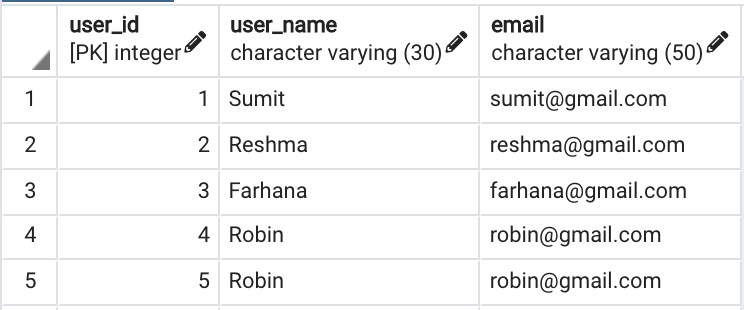
Approach
Use ROW_NUMBER() and partition the table by user_name
If a user exists more than once that the partition will row numbers that are greater than 1
SELECT user_id, user_name, email
FROM (
SELECT user_id, user_name, email, ROW_NUMBER() OVER(PARTITION BY user_name ORDER BY user_name) rn
FROM users
ORDER BY user_id
) x
WHERE x.rn <> 1;
NOTE
- The
ROW_NUMBER()function is similar to SEQUENCE() and will return the next incremental number in the series- If same number is required for matching records use the
RANK()function- Overview of the SQL ROW_NUMBER function
Fetch the 2nd Last (or Nth) Record from Table
Approach 1
Use window function and ROW_NUMBER() to assign each row a number
Fetch the nth record that is required using the above column as reference
SELECT emp_id, emp_name, dept_name
FROM (
SELECT *, ROW_NUMBER() OVER(ORDER BY emp_id DESC) rn
FROM employee
) x
WHERE x.rn = 2;Approach 2
If Database supports LIMIT clause use its offset parameter to fetch the required record
SQL Limit: A Beginner’s Guide
Syntax : LIMIT(starting_point, rows_to_return) - Count for starting point is from Zero
SELECT emp_id, emp_name, dept_name
FROM employee
ORDER BY emp_id DESC
LIMIT 1,1;
Fetch 3 consecutive records from a Table
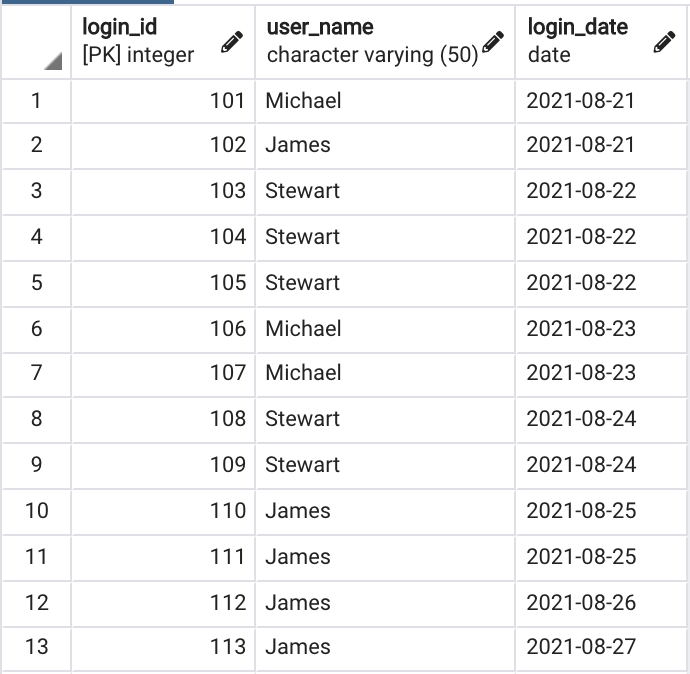
Approach
When consecutive values from a table need to be compared then mostly the LEAD() and LAG() function need to be used
Here we need to check if the next 2 user_names from the current one has the same value for username
This can be achieved using the LEAD(scalar_expression, offset, default_value) function
Offset and default values are optional parameters
MySQL LEAD Function By Practical Examples
INFO
- The
LEAD()andLAG()function in MariaDB does not support default_value- LEAD - MariaDB Knowledge Base
SELECT DISTINCT repeated_names
FROM (
SELECT
user_name,
CASE
WHEN user_name = LEAD(user_name) OVER (ORDER BY login_id) AND user_name = LEAD(user_name, 2) OVER (ORDER BY login_id) THEN user_name
ELSE NULL
END repeated_names
FROM
login_details
) x
WHERE x.repeated_names IS NOT NULL;
SQL query to interchange the adjacent student names
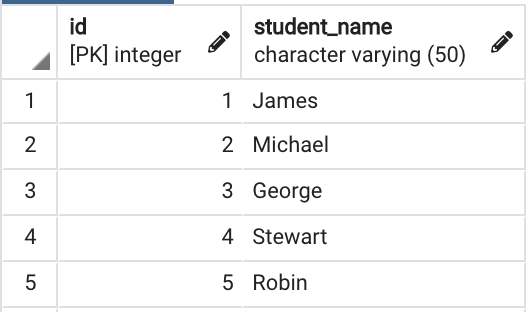
Approach
If row number is even then LAG() the name, if even then LEAD the name
INFO
- The
LEAD()andLAG()function in MariaDB does not support default_value- LEAD - MariaDB Knowledge Base
SELECT
id, student_name,
CASE
WHEN id % 2 <> 0 THEN LEAD(student_name, 1, student_name) OVER(ORDER BY id)
WHEN id % 2 = 0 THEN LAG(student_name) OVER(ORDER BY id)
END new_student_name
FROM
students;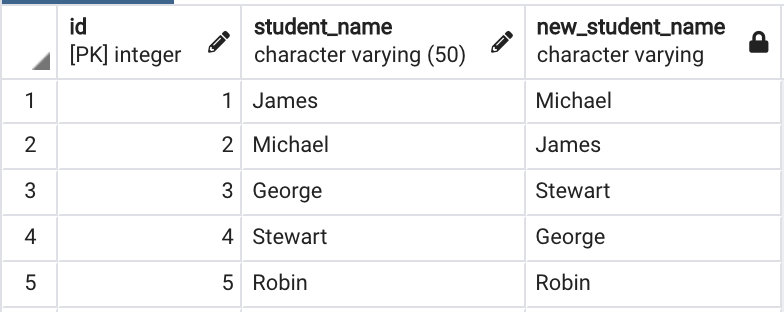
Fetch all the records when London had extremely cold temperature for 3 consecutive days or more
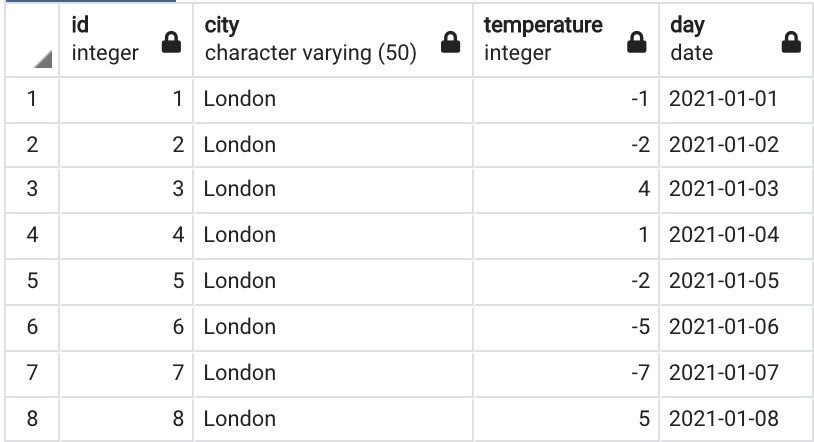
Approach
Use Window function to find row where its next 2 rows have extreme temperature
Then write a window function that finds the row above and below the current row that has extreme temperature
And finally window function to find 2 rows above the current row that have extreme temperature
This can be implemented using an CASE statement
SELECT x.id, x.city, x.temperature, x.day
FROM (
SELECT
id, city, temperature, day,
CASE
WHEN temperature < 0 AND LEAD(temperature) OVER (ORDER BY id) < 0 AND LEAD(temperature, 2) OVER (ORDER BY id) < 0 THEN "Y"
WHEN temperature < 0 AND LEAD(temperature) OVER (ORDER BY id) < 0 AND LAG(temperature) OVER (ORDER BY id) < 0 THEN "Y"
WHEN temperature < 0 AND LAG(temperature) OVER (ORDER BY id) < 0 AND LAG(temperature, 2) OVER (ORDER BY id) < 0 THEN "Y"
ELSE NULL
END flag
FROM
weather
) x
WHERE x.flag IS NOT NULL;
Learn how to write SQL Queries(Practice Complex SQL Queries) — techTFQ